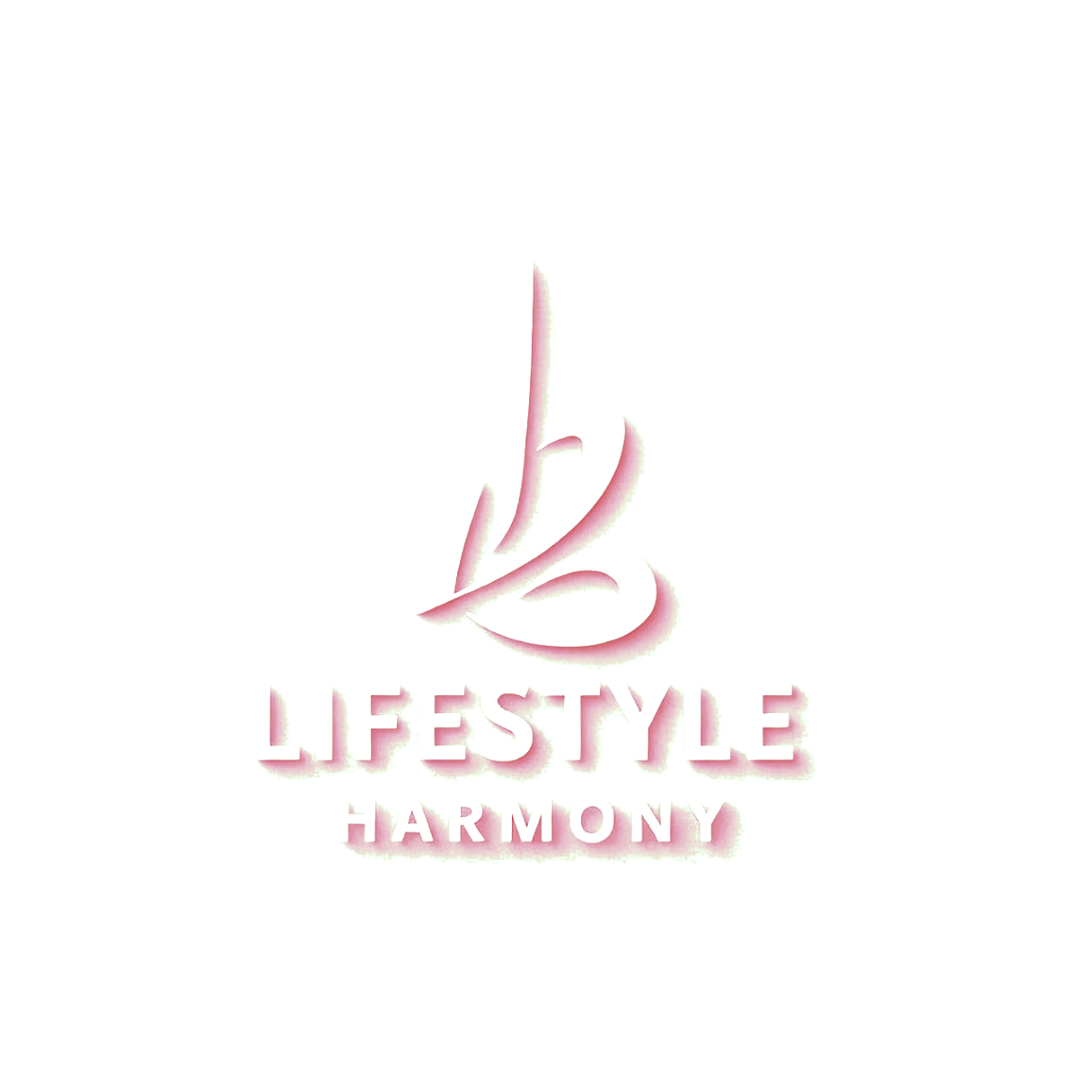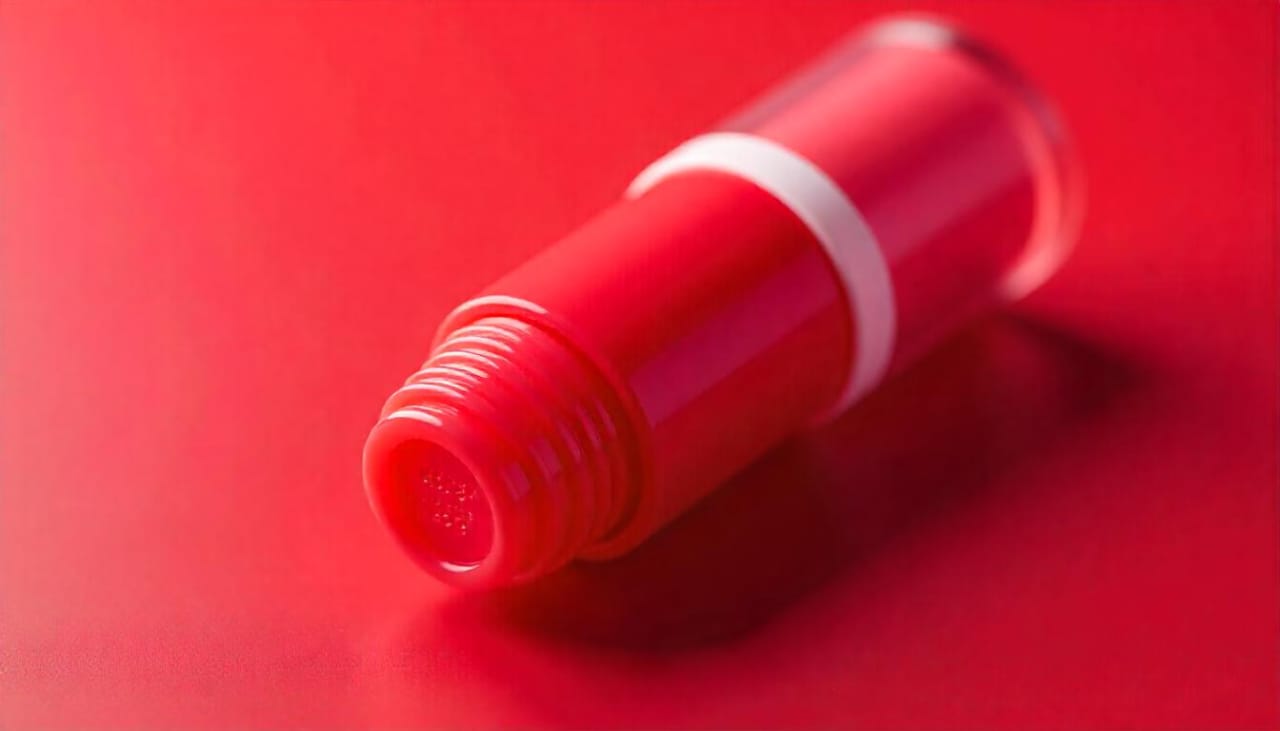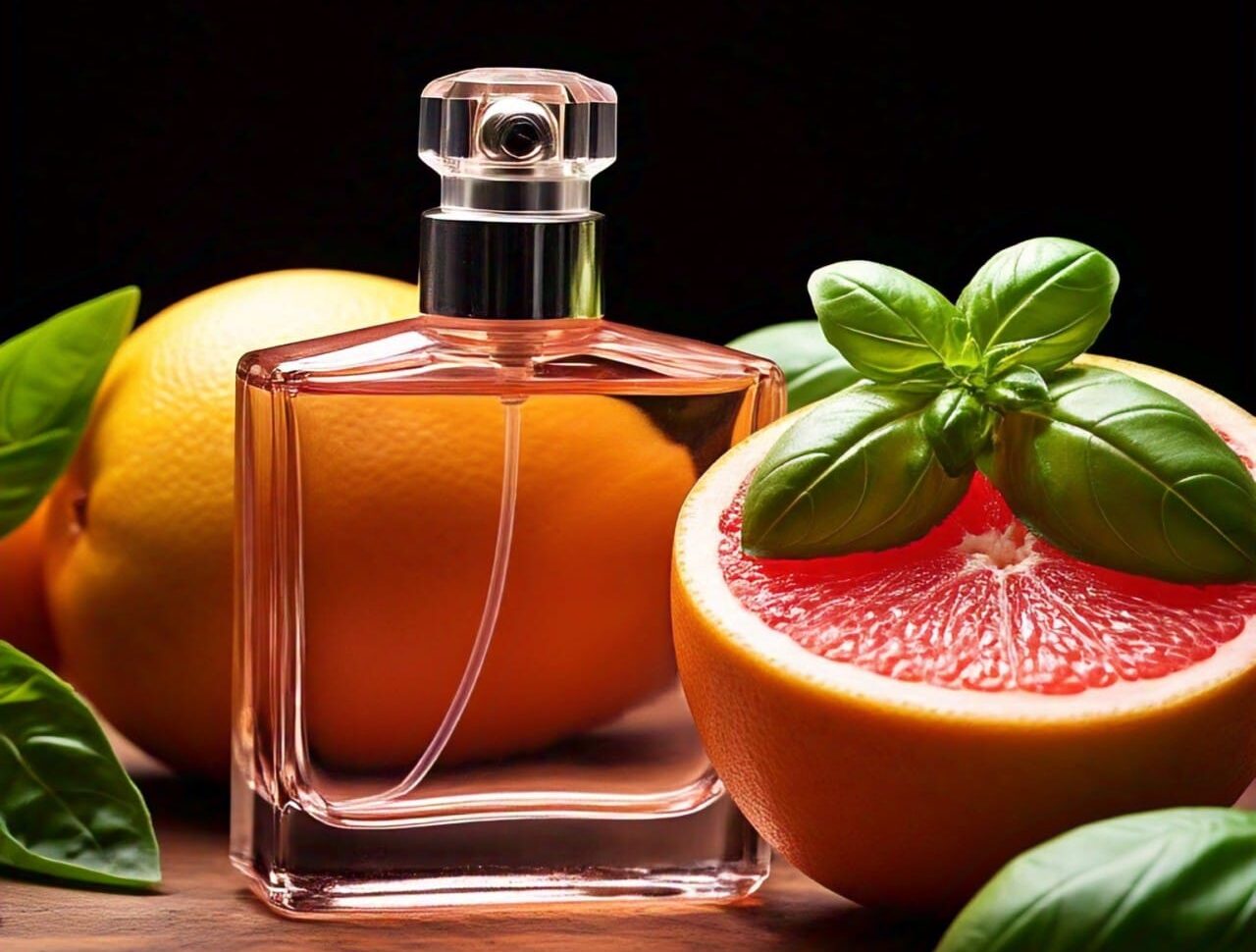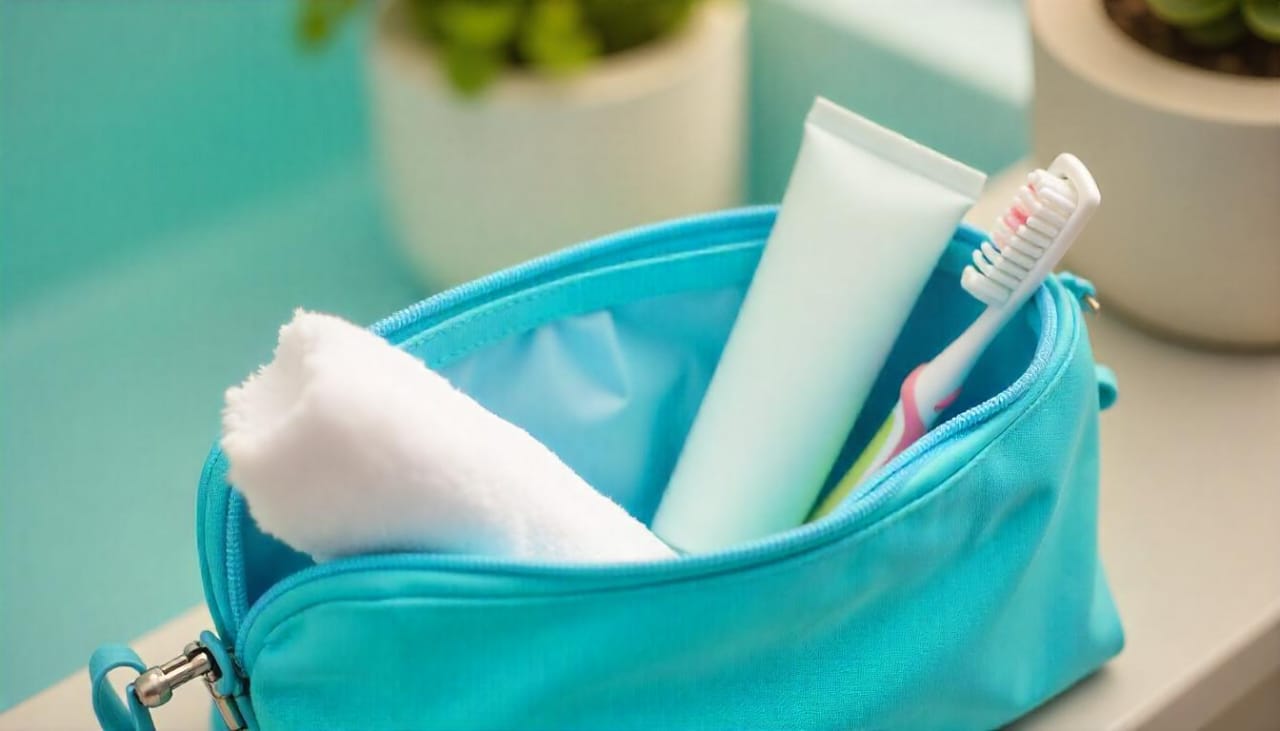We often forget that our lips are just as vulnerable to sun damage as the rest of our skin. Thin, delicate, and lacking melanin, lips can easily become dry, chapped, or even sunburned with prolonged exposure to UV rays. Commercial lip balms with SPF are helpful, but many contain synthetic ingredients and preservatives that may irritate sensitive skin. If you’re looking for a natural, nourishing, and protective alternative, DIY lip balms with SPF are the perfect solution. Not only are they cost-effective and customizable, but they also give you full control over what goes on your lips.
Why Your Lips Need Sun Protection All Year Round
It’s a common misconception that sun protection is only necessary during the summer months. In reality, your lips are at risk of UV damage throughout the year. Whether you’re walking under the scorching summer sun, skiing on a sunny winter day, or even sitting by a window during your morning commute, your lips are continuously exposed. Without protection, this exposure can lead to premature aging, dark spots, and an increased risk of skin cancer. Unlike other areas of your face, your lips don’t have oil glands to keep them moisturized, making it even more crucial to protect them with a balm that provides both hydration and SPF.
Natural Ingredients That Offer Sun Protection
Creating a DIY lip balm with SPF starts with understanding which natural ingredients provide sun protection. While natural options may not carry the same SPF level as lab-tested commercial products, several oils and butters do offer a decent level of UV defense. Red raspberry seed oil, for example, is a favorite among natural skincare enthusiasts, boasting an estimated SPF of 28-50. Carrot seed oil is another contender, with SPF values ranging from 35 to 40, although results vary depending on sourcing and formulation. Zinc oxide is a more reliable natural sunblock that can be safely added to DIY balms to enhance sun protection. However, always make sure to use non-nano, uncoated zinc oxide to avoid potential health risks associated with inhaling or absorbing nanoparticles.
A Simple Yet Effective DIY Lip Balm Recipe with SPF
If you’re ready to whip up your own batch of sun-protective lip balm, here’s a simple and effective recipe that strikes the perfect balance between hydration and protection. You’ll need:
Ingredients:
- 1 tablespoon beeswax pellets
- 1 tablespoon shea butter
- 1 tablespoon coconut oil
- 1 teaspoon red raspberry seed oil
- ½ teaspoon carrot seed oil
- 1 teaspoon non-nano zinc oxide
- Optional: A few drops of peppermint or lavender essential oil (for scent)
Instructions:
- In a double boiler, gently melt the beeswax, shea butter, and coconut oil together over low heat.
- Once melted, remove the mixture from heat and quickly stir in the red raspberry seed oil, carrot seed oil, and zinc oxide. Make sure to wear a mask or be cautious while handling zinc oxide to avoid inhaling the fine powder.
- If using essential oils, add them now.
- Pour the mixture into small lip balm containers or tubes while it’s still warm and liquid.
- Let the balm cool completely before sealing the containers.
This recipe creates a creamy, smooth balm that moisturizes deeply while providing a natural layer of sun defense. It’s perfect for everyday use and can be reapplied throughout the day as needed.
Customizing Your Balm: Make It Yours
One of the greatest advantages of making your own lip balm is the ability to tailor it to your specific needs and preferences. Want more hydration? Add a few drops of vitamin E oil or swap coconut oil for avocado oil. Prefer a glossy finish? A dash of castor oil can give your balm that desirable shine. Love tinted lip balms? Add a pinch of beetroot powder or cocoa powder for a natural color boost. You can even experiment with flavors using natural extracts like vanilla, mint, or citrus oils—just be mindful to use lip-safe essential oils and avoid those that may increase photosensitivity, such as lemon or lime.
Tips for Storage and Safety
DIY lip balms are generally safe and easy to store, but a few tips can extend their shelf life and keep them effective. Store your balm in a cool, dry place away from direct sunlight to prevent melting or degradation of the oils. If you notice any changes in smell, color, or texture, it’s time to toss it and make a fresh batch. Always use clean tools and containers during preparation to minimize the risk of contamination. And while natural SPF ingredients are helpful, they are not a substitute for medical-grade sun protection, especially in intense sun exposure conditions. Consider layering your DIY balm over a trusted SPF product if you plan to spend extended time outdoors.
Embrace Natural Beauty with Confidence
Making your own lip balm with SPF isn’t just a fun DIY project—it’s a small but powerful way to care for your health and beauty in a more conscious and personalized manner. You get to avoid harmful chemicals, reduce plastic waste, and enjoy the satisfaction of using a product you created with your own hands. Plus, these balms make fantastic handmade gifts for friends and family. So next time you step out into the sun, do it with confidence—your lips are soft, nourished, and protected the natural way.





Leave a Reply